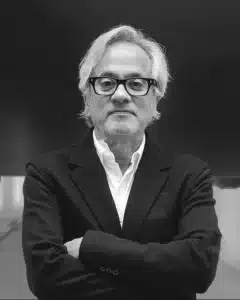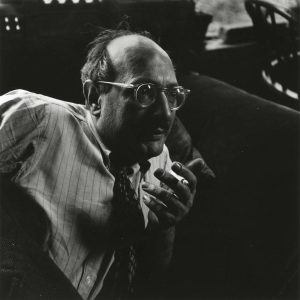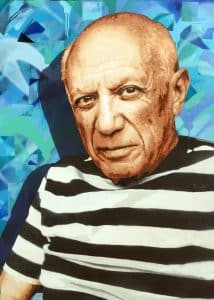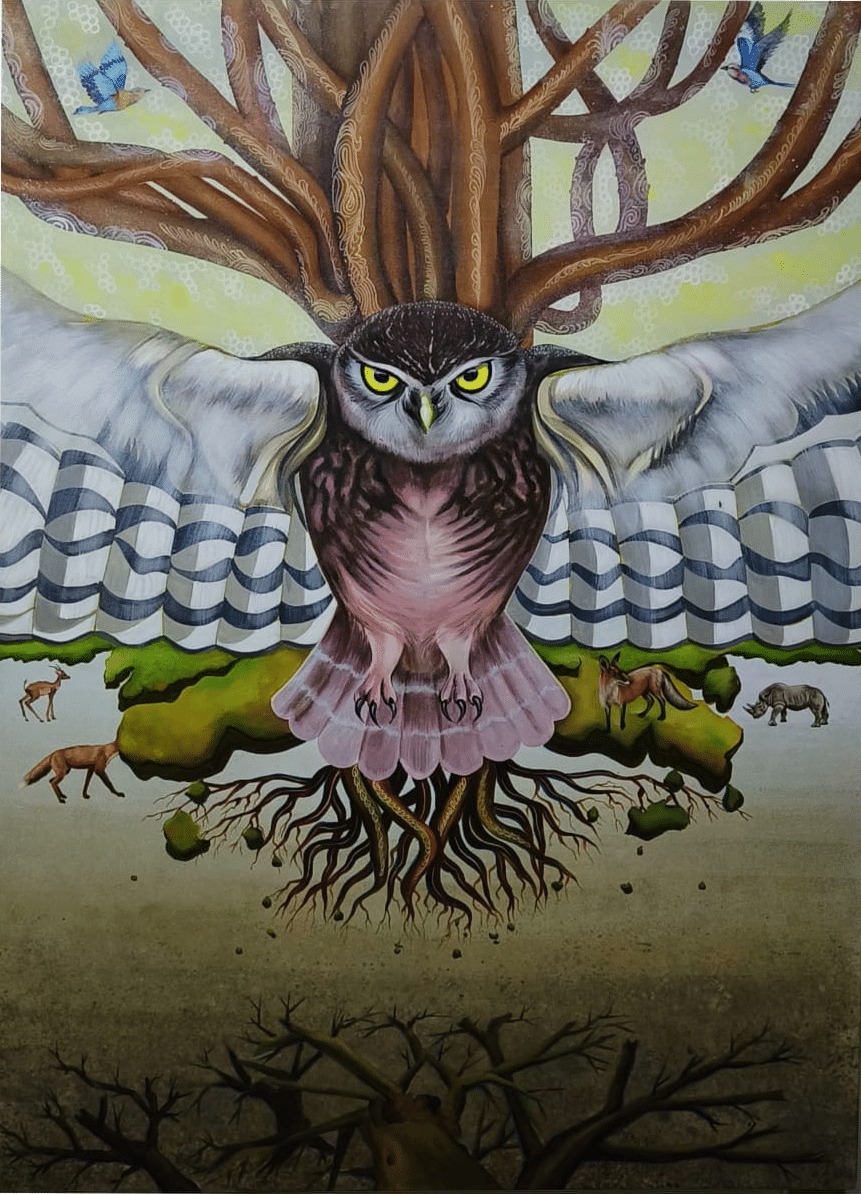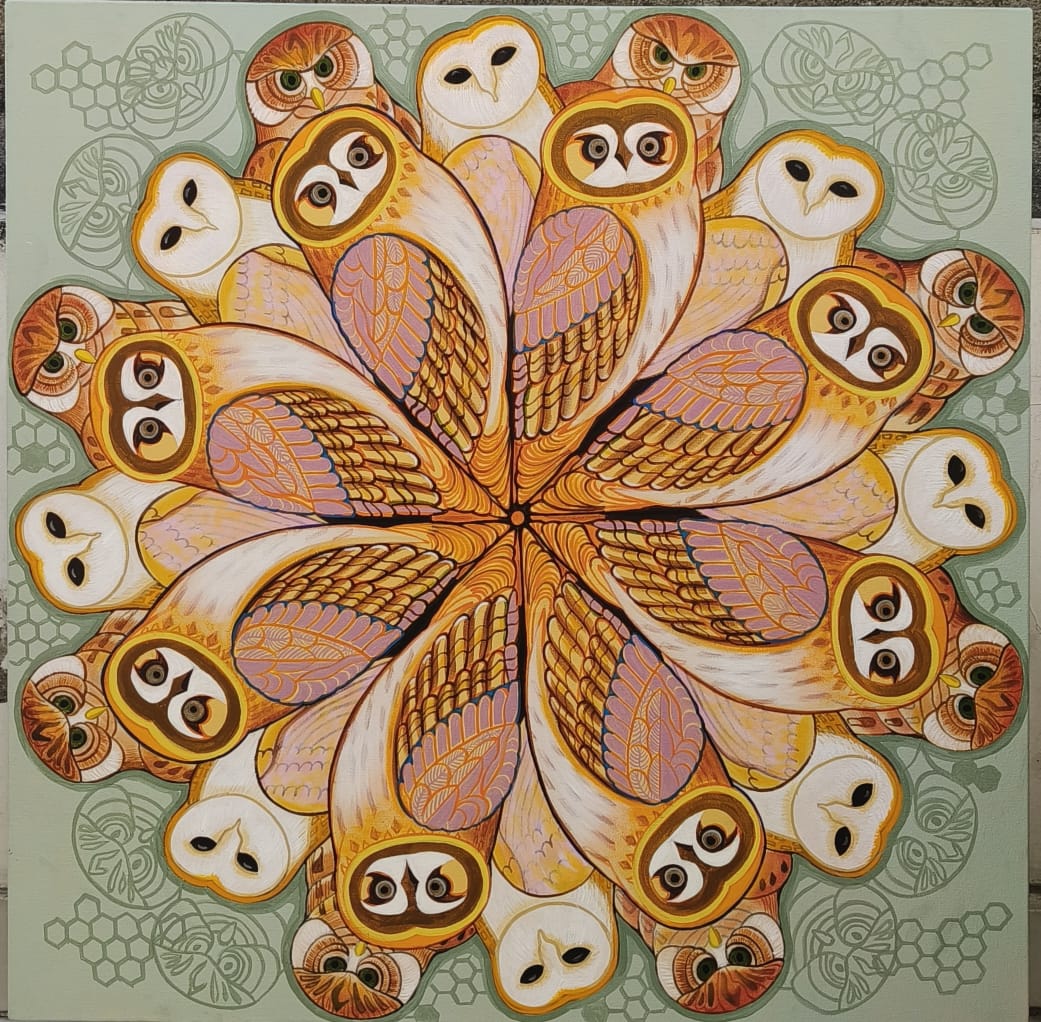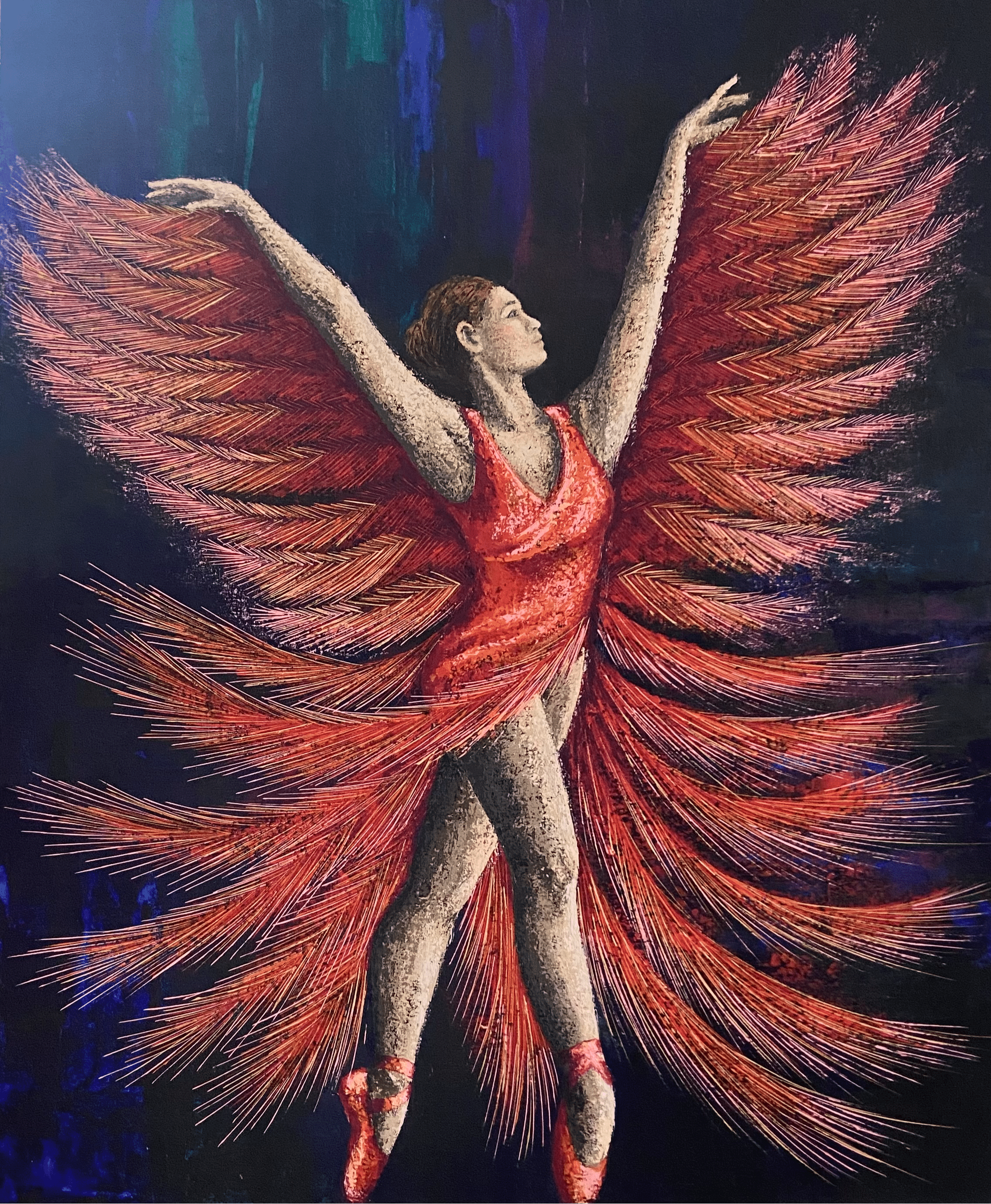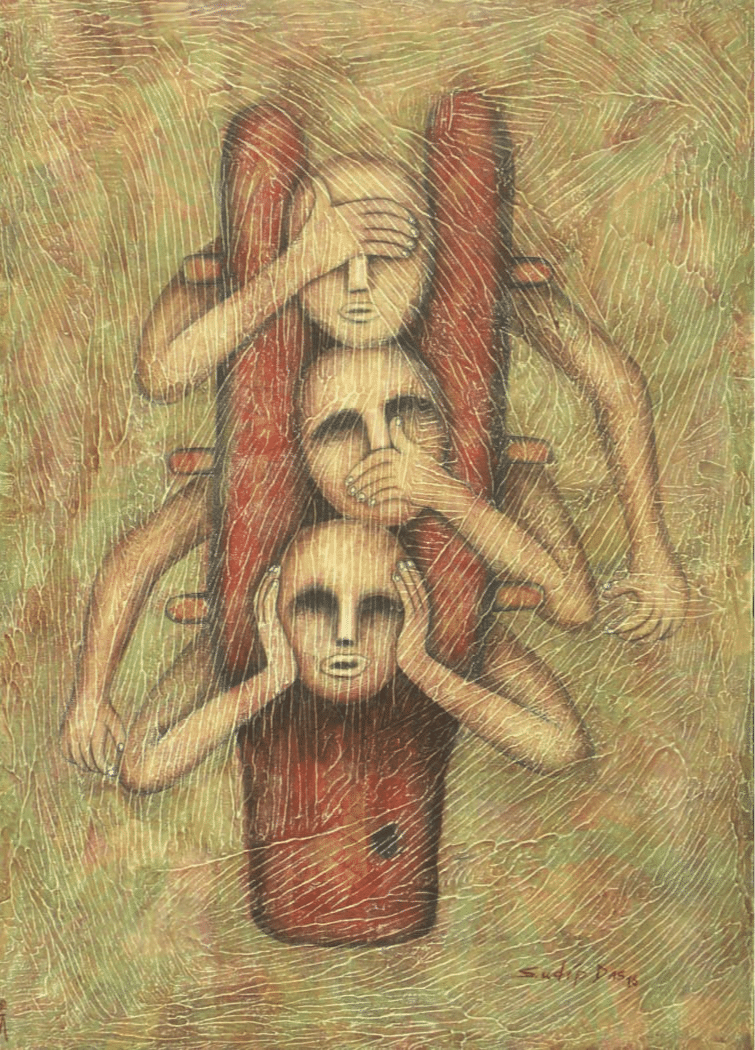
Renaissance master of art, science, and invention—da Vinci’s genius shaped centuries of creativity and curiosity
Leonardo da Vinci, one of the great Renaissance painters of all time, is often regarded as a man whose curiosity and talent spanned multiple disciplines. From “The Last Supper” painting to the enigmatic portrait painting “Mona Lisa,” his works continue to captivate audiences worldwide. As an artist, inventor, and visionary, he played a key role in The Renaissance movement, shaping the course of art and science.
Early Life: The Making of a Visionary
Leonardo da Vinci was born in 1452 in Vinci, Italy. He was raised in a modest household and received basic and informal education in (vernacular) writing, reading, and mathematics. His family recognised his artistic talents early and decided to focus their attention on them.
And by age 14, Leonardo became a garzone (studio boy) in the workshop of Andrea del Verrocchio, the leading Florentine painter and sculptor of his time. Leonardo became a young apprentice at 17 and continued training for seven years. Leonardo received theoretical training alongside diverse technical skills, including drafting, chemistry, metallurgy, metalworking, plaster casting, leatherworking, mechanics, and woodworking, as well as artistic skills such as drawing, painting, sculpting, and modeling. The studies and Leon Battista Alberti’s treatise “De Pictura” also profoundly influenced Leonardo’s observations and artworks.
According to Vasari, Leonardo collaborated with Verrocchio on The Baptism of Christ (c. 1472–1475), painting the young angel holding Jesus’ robe with such exceptional skill that it allegedly surpassed his master’s, prompting Verrocchio to put down his brush and never paint again—though this claim is likely apocryphal. The new technique of oil paint was used in certain areas of the predominantly tempera painting, including the landscape, the rocks visible through the brown mountain stream, and much of Jesus’ figure, suggesting Leonardo’s involvement. Additionally, Leonardo may have served as a model for two of Verrocchio’s works: the bronze statue of “David” in the “Bargello” and the “archangel Raphael” in “Tobias and the Angel.”
Vasari recounts that Leonardo painted a fire-spitting monster on a buckler shield for a peasant as a young man, inspired by Medusa. The image was so terrifying that his father bought a different shield to give to the peasant and later sold Leonardo’s work to a Florentine dealer for 100 ducats, who then sold it to the Duke of Milan.
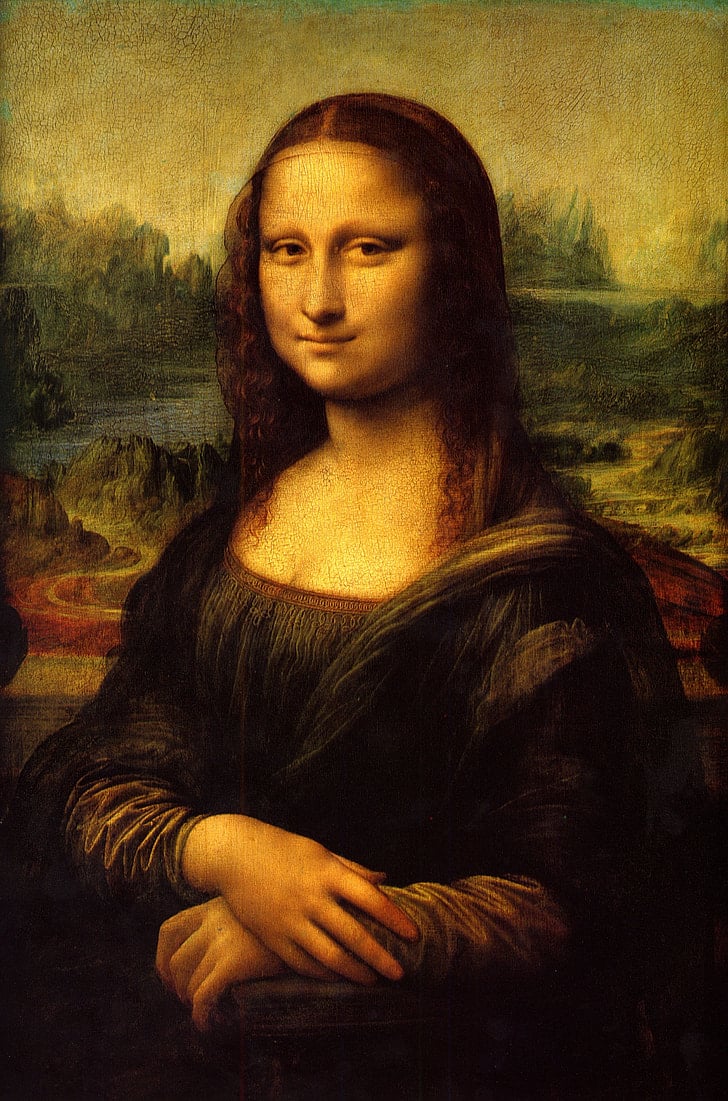
The enigmatic portrait renowned for its subject's subtle smile and Leonardo's sfumato technique.
Leonardo’s Artistic Career: Early works & First Florence period (1472-1482)
Leonardo first gained recognition for his contribution to “The Baptism of Christ,” which he painted in collaboration with Verrocchio.
By age 20, the Italian painter qualified himself as a master in the Guild of Saint Luke. Leonardo’s earliest recorded work is a 1473 pen-and-ink drawing of the Arno Valley. According to Vasari, the young Leonardo was the first to suggest making the Arno River a navigable channel between Florence and Pisa.
In January 1478, Leonardo received his first independent commission to paint an altarpiece for the Chapel of Saint Bernard in the Palazzo Vecchio, marking his separation from Verrocchio’s studio. According to an early biographer, Anonimo Gaddiano, by 1480, Leonardo lived with the Medici. He frequently worked in the garden of Piazza San Marco, Florence, where the Medici hosted a Neoplatonic academy for artists, poets, and philosophers. In March 1481, he was commissioned by the monks of San Donato in Scopeto to create “The Adoration of the Magi.” However, he left both commissions unfinished when he travelled to offer his services to Duke Ludovico Sforza of Milan. In a letter to Sforza, Leonardo detailed his engineering and weapon design expertise, briefly mentioning his painting skills. He also brought with him a silver stringed instrument, possibly a lute or lyre, crafted in the shape of a horse’s head.
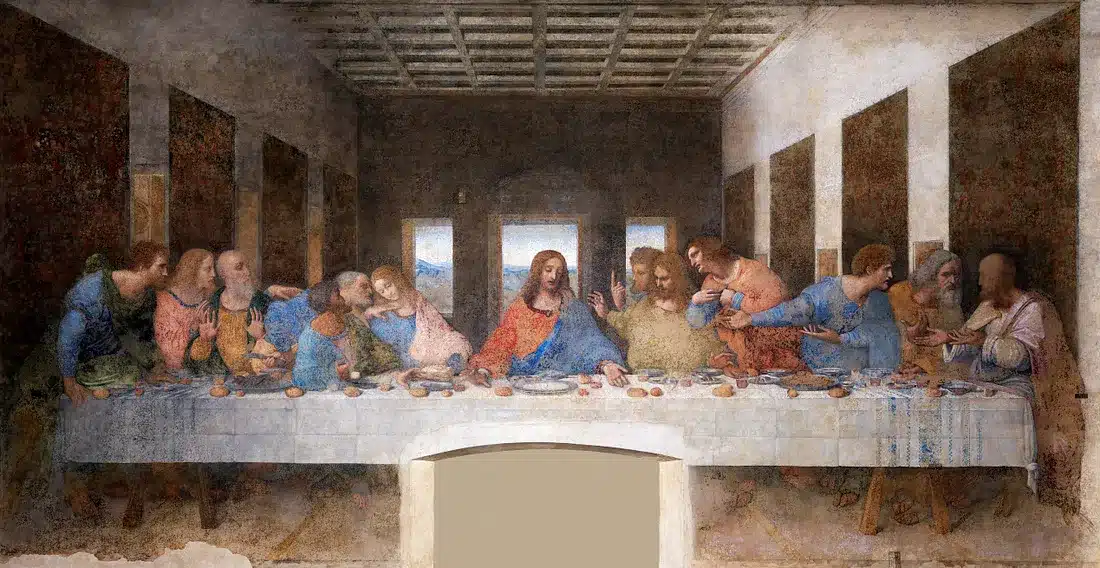
Leonardo's masterful mural capturing the moment Jesus announces his betrayal, a pinnacle of High Renaissance art.
The Artistic Style of Leonardo da Vinci
Leonardo’s artistic style was revolutionary. He mastered sfumato, a technique that created soft transitions between colours and tones, mimicking an area beyond the human eye’s focus, or the out-of-focus plane. It is one of the canonical painting modes of the Renaissance. Da Vinci was the most prominent practitioner of sfumato, based on his research in optics and human vision and his experimentation with the camera obscura. He applied this technique extensively in his works, including “Virgin of the Rocks” and the renowned “Mona Lisa.” He described sfumato as “without lines or borders, in the manner of smoke.”
Leonardo and the Renaissance Movement
Leonardo da Vinci played a crucial role in The Renaissance movement, a period that saw the revival of classical art and learning. His work embodied the ideals of humanism, emphasizing the potential of the human mind and spirit. Two of his most famous paintings, “The Last Supper” (1495–1498) and “Mona Lisa” (1503–1519), are among the most widely recognised and influential artworks of the Renaissance period. Moreover, the worth of the Mona Lisa painting is valued at approximately $870 million, making it one of the most expensive paintings in the world. He also influenced countless Italian artists who followed, shaping the direction of Western art for centuries. Da Vinci’s “Sfumato” technique achieved realistic effects and contributed to the birth of the era referred to now as the High Renaissance.
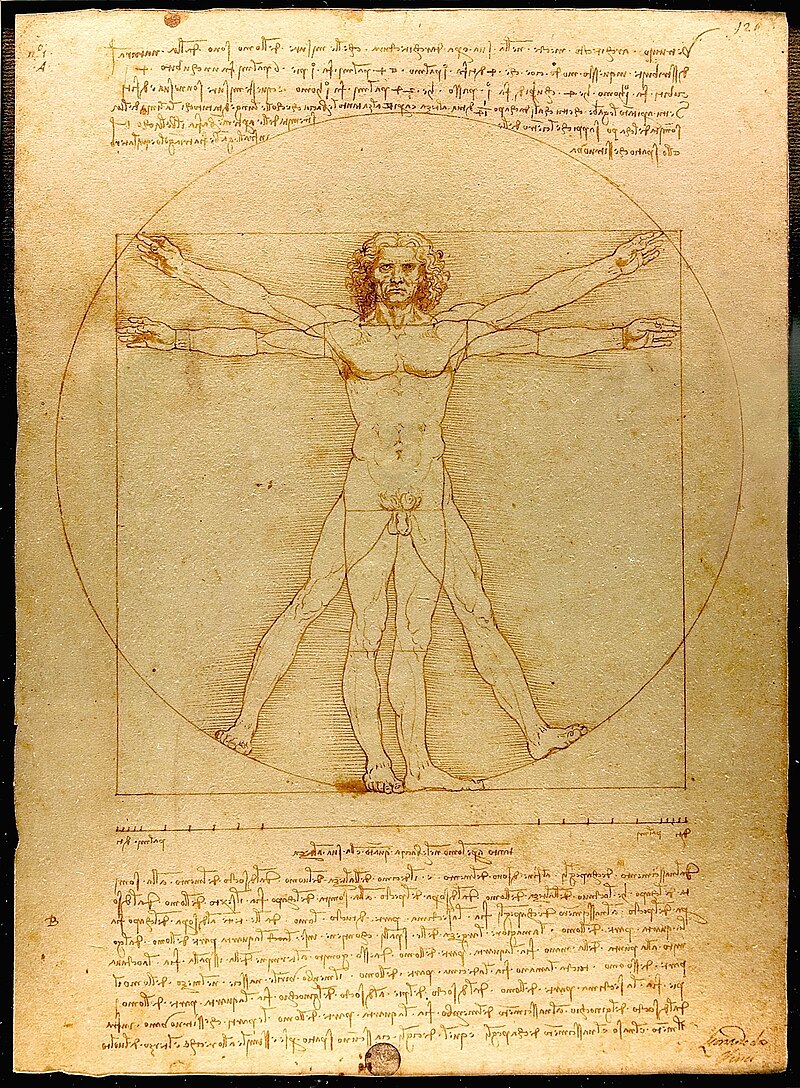
A study of ideal human proportions, blending art and science, reflecting Renaissance humanism.
Leonardo’s Influence on Art and Science
Beyond painting, Leonardo’s contributions extended into science, anatomy, and engineering. Though Leonardo primarily was trained as an artist, it was his scientific approach to painting which integrated his knowledge of science with his exceptional ability to depict the world around him that enabled him to create the remarkable masterpieces for which he is renowned.
According to scientist Fritjof Capra, Leonardo is a different kind of scientist from Galileo and Newton, and other scientists who followed him. His scientific approach was deeply intertwined with the arts, especially painting.
Leonardo’s anatomical drawing “Vitruvian Man” is a study of human body proportions, seamlessly connecting art and science. It has come to represent the concept of macrocosm and microcosm in Renaissance humanism.
The Enduring Legacy of Leonardo da Vinci
Leonardo’s impact on art and science remains unparalleled. His ability to merge creativity with analytical thinking set him apart from his contemporaries. His works continue to inspire modern artists, scientists, and scholars. Today, he is celebrated as a painter and a visionary whose ideas transcended generations.
Many historians and scholars regard Da Vinci as the prime exemplar of the “Universal Genius” or “Renaissance Man.” He is widely considered one of the most diversely talented individuals ever to have lived. Scholars interpret his view of the world as based on logic, though his empirical methods were unorthodox for his time.
Leonardo’s fame during his lifetime was such that the King of France carried him away like a trophy. He was also claimed to have supported him in his old age and held him in his arms as he died. Interest in Leonardo and his work has never diminished.
To mark the 500th anniversary of Leonardo’s death, the Louvre in Paris hosted the largest-ever exhibition of his work, titled “Leonardo,” from November 2019 to February 2020. The exhibit featured over 100 paintings, drawings, and notebooks, including 11 paintings he completed in his lifetime. While five belong to the Louvre, the Mona Lisa was excluded due to its immense popularity, remaining on display in its usual gallery. However, “Vitruvian Man” was included after a legal dispute with its owner, the Gallerie dell’Accademia in Venice. Salvator Mundi was absent, as its Saudi owner declined to loan it.
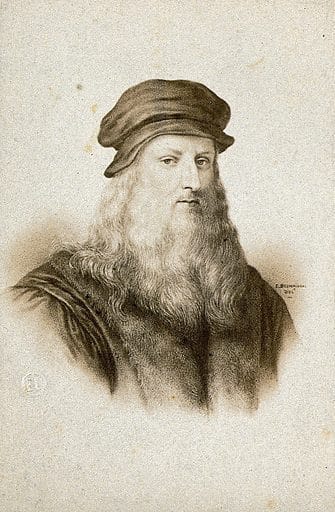
Inventor, painter, anatomist, and genius. Da Vinci redefined the limits of human imagination—his art was science, and his science was art.
Influence and Impact on Modern Art
Klimt’s unique approach to art inspired future generations, particularly in modern and abstract art movements. His emphasis on decoration, psychological depth, and eroticism influenced artists such as Egon Schiele and Oskar Kokoschka. His techniques and themes continue to shape contemporary art, fashion, and design.
Moreover, Lebensbaum Gustav Klimbt meaning “The Tree of Life, Stoclet Frieze,” is Klimt’s 1909 painting based on the Art Nouveau style, a symbolic genre painting housed at the Museum of Applied Arts, Vienna, Austria.
The Enduring Legacy of Gustav Klimt
Klimt influenced artists like Italian Liberty-style painter Galileo Chini (1873–1956). His work was showcased at the 1910 Venice Biennale. In 1914, Chini and Vittorio Zecchin (1878–1947) created decorative panels, La Primavera and Mille e una notte, for the Venice Hotel Terminus, later displayed at the Boncompagni Ludovisi Decorative Art Museum.
In 2006, an Austrian art-house biographical film titled Klimt was released, starring John Malkovich in the lead role. In 2008, fashion designer John Galliano drew inspiration from Klimt’s work for Christian Dior’s Spring-Summer haute couture collection. Similarly, Klimt’s influence was evident in Alexander McQueen’s 2013 collection.
Despite facing controversy during his lifetime, Klimt’s legacy remains stronger than ever. His works are housed in major museums and private collections, and his influence extends beyond painting into architecture, fashion, and digital media. As Klimt once said, “Art is a line around your thoughts,” a statement that reflects his ability to transform emotions into visual masterpieces. His paintings, notably The Kiss, continue to symbolise love, passion, and artistic innovation.
Honoring Klimt’s Legacy with Elisium Art
At Elisium Art, we celebrate visionaries like Gustav Klimt, who revolutionised artistic expression. Our platform is dedicated to preserving and promoting the legacy of influential artists while fostering contemporary talent. Much like Klimt’s defiance of artistic norms, Elisium Art provides a space where creativity flourishes beyond boundaries. Whether you’re an admirer of Klimt’s golden masterpieces or a modern artist inspired by his innovations, Elisium Art is committed to bridging the past and future of artistic expression. Join us in keeping the spirit of Gustav Klimt alive, ensuring that art continues to inspire, provoke, and elevate human experience.
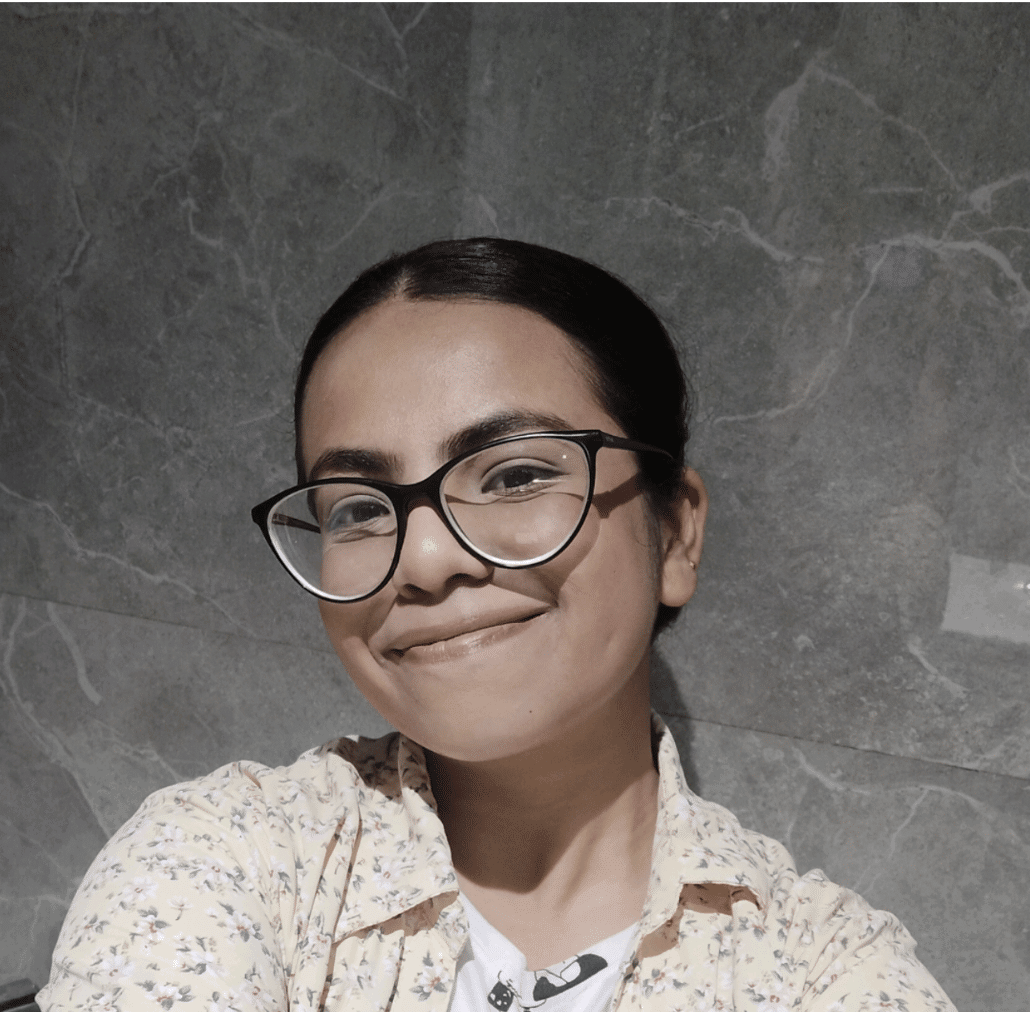
Written by
Kritika Saikia
Kritika Saikia is a writer and aspiring filmmaker with a passion for storytelling and a deep appreciation for the visual arts. Based in Guwahati, she brings a unique perspective to the Elisium Art marketing team, blending her love for narratives with a keen understanding of contemporary art. Her background in filmmaking and social media management allows her to craft engaging content that connects audiences with the diverse world of art, from the Western masters to the rich traditions of South Asian art. Kritika is dedicated to making art accessible and meaningful to all, using her writing and storytelling skills to illuminate the beauty and depth of artistic expression.


